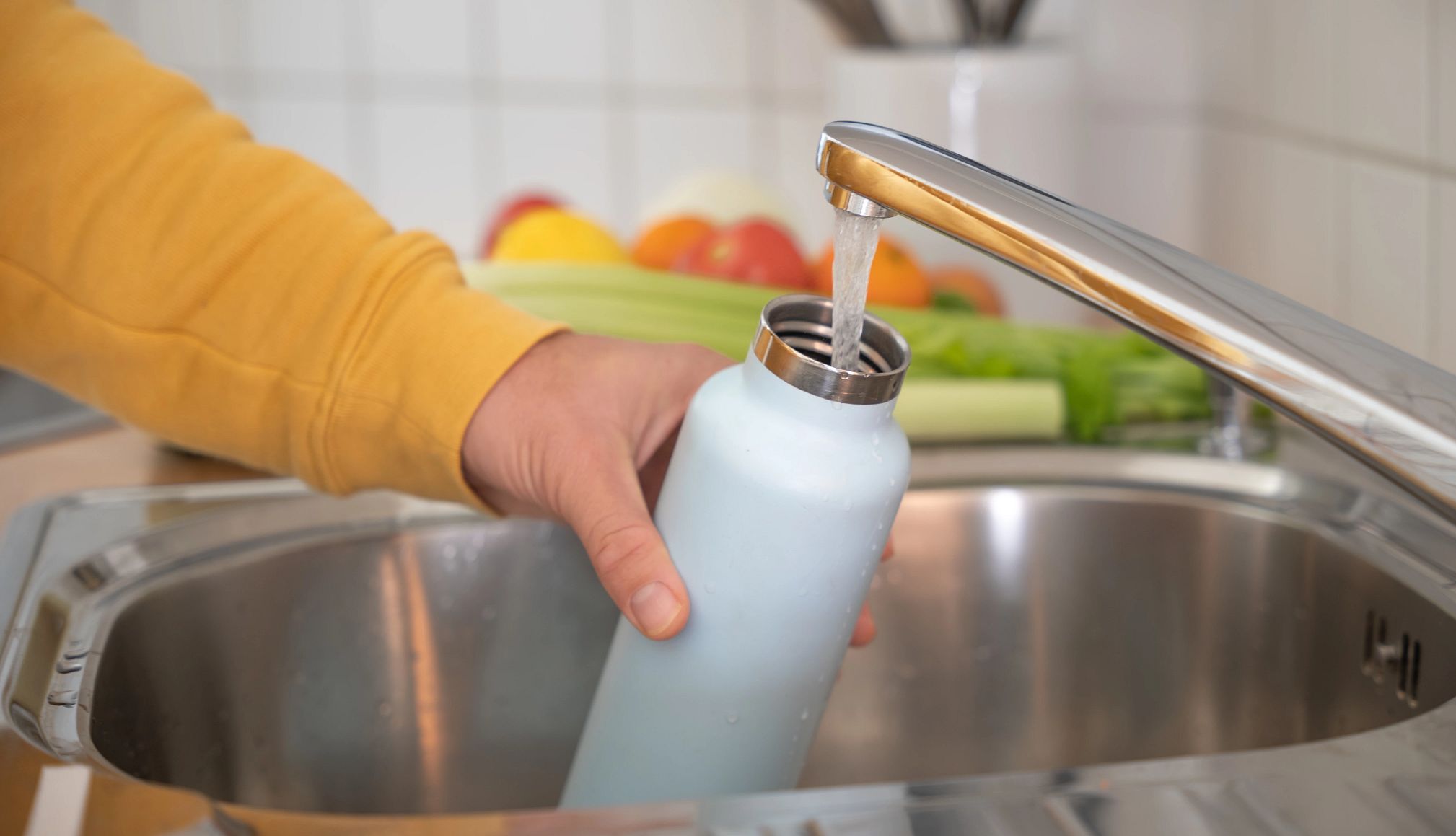AARP Hearing Center


Reusable water bottles are all the rage these days — no doubt a boon for the environment and our hydration levels. But if you’re not cleaning your glass, stainless steel or plastic bottle, that must-have accessory could be a potential health hazard.
“Just like any other surface where water accumulates, spores can drop and start forming mold,” says Benjamin Turner, an instructor in the Department of Biology at The University of Alabama at Birmingham.
Mold, a type of fungus, spreads by way of microscopic reproductive cells, called spores, that waft through our indoor and outdoor air. They like to settle where there’s moisture. “That’s where the spores will incubate and start forming those black fuzzy or gray, white areas of mold patches,” Turner says.
Some molds are harmless, but others can cause allergic reactions and respiratory problems. Still, S. Wesley Long, M.D., medical director of microbiology at Houston Methodist, says you’ll likely be deterred by an off-putting smell or taste before drinking enough to make you sick. “But certainly for some people, especially the immunocompromised, they need to be more careful,” Long says.
Bacteria can also grow in your bottle. In fact, your mouth has one of the highest concentrations of microbes — tiny living organisms including bacteria, fungi and viruses — in the body, says Peter Iwen, a professor and microbiologist at the University of Nebraska Medical Center. These various germs can transfer to the bottle and “produce a substance that allows them to clump together,” called a biofilm. “And then you have this slimy biofilm that forms on your bottles,” Iwen explains.
This biofilm likely won’t get you sick since the germs came from your mouth. But it could get someone else sick if they take a swig of your drink — especially if you’re harboring a virus like COVID-19, influenza or norovirus. “Sharing it with other people is a risk because your flora [the population of microbes in your body] is not necessarily applicable to that next person that might be drinking from that bottle,” Iwen says.
Pouring anything with sugar into your bottle — a sports drink, for example — only adds fuel to the fire by supplying “a rich source to promote bacterial and fungal growth,” Long says.




































































More on Health
6 Places Mold Can Hide in Your Home — and How to Get Rid of It
Mold can cause health issues ranging from mild to dangerous. Here’s what to knowIs Drinking Too Much Water Dangerous?
More is not always better when it comes to hydrationDo You Really Need 8 Glasses of Water?
Doctors and nutrition experts weigh in on how much you need to drink
Recommended for You